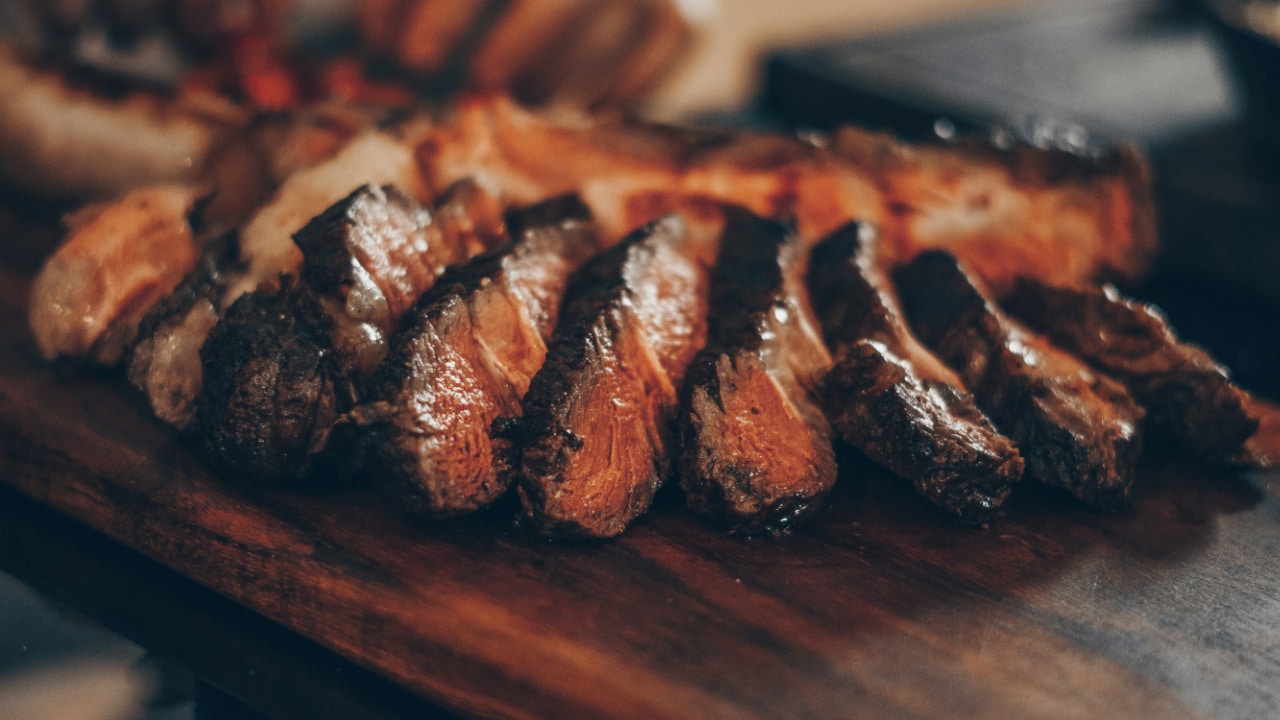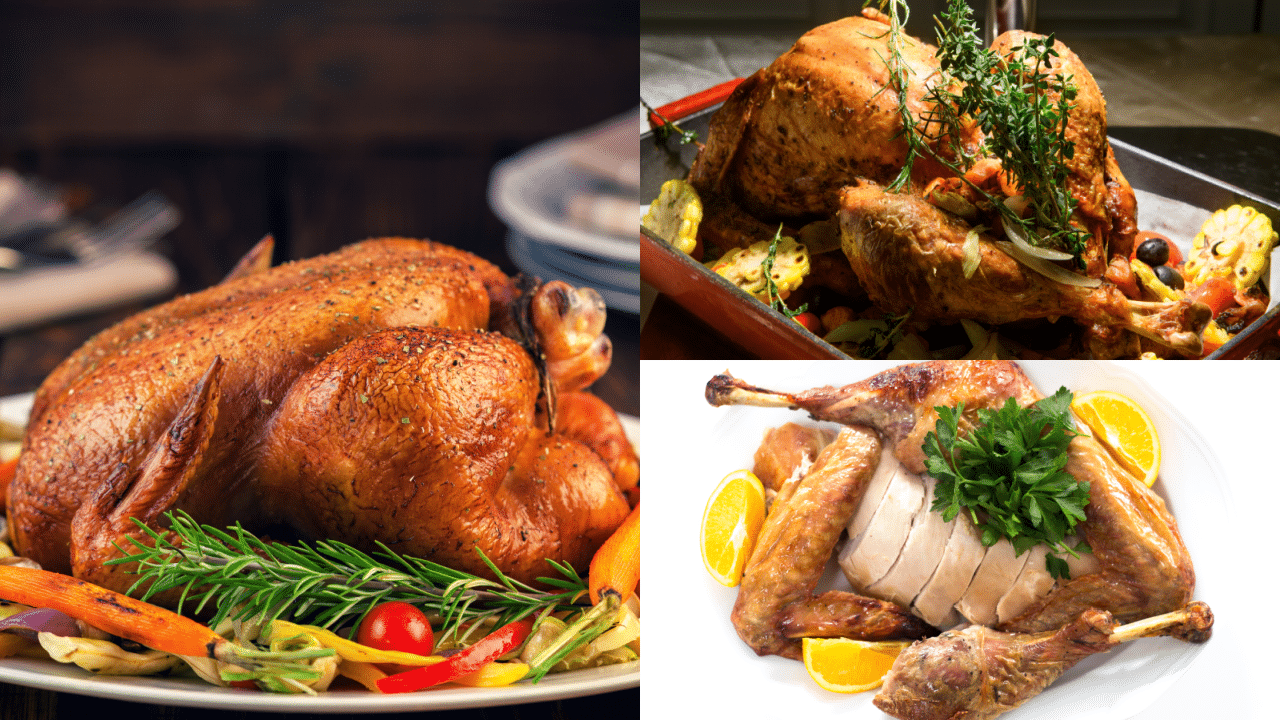Tacos and Tamales: The Latino Origins of a Billion-Dollar Food Truck Phenomenon
Nowadays, food trucks are as common as any kind of restaurant. They are everywhere; they offer all types of food, but above all, they are delicious. To the point that none of us can imagine a time when these food trucks didn’t exist.
But have you ever thought about what made them so popular?
Well, it turns out that the first food trucks as we know them today were invented by Latinos. More specifically, taco and tamale vendors.
Just like you read it. This culinary phenomenon is also proudly a Latino invention. But how did it happen?
Another delicious Aztec tradition
While there was always street food at the beginning of human civilization — just think of markets in ancient Rome —- in the Americas, we owe the tradition of street food to the Aztec civilization.
In Aztec markets, it was common to see vendors offering drinks such as atolli, many types of tamales, insects and stews. The syncretism resulting from colonization diversified the offer. By the 18th century, many street food vendors were fighting with the New York City government for permits to set up on street corners.
However, this phenomenon has been setting the culinary standard on the streets in cities like Los Angeles for more than a century.

The tamale and taco food truck revolution
During the last decades of the 19th century, horse-drawn wagons selling food abounded on the streets of Los Angeles. As Gustavo Arellano explains in his book “Taco USA: How Mexican Food Conquered America,” these vehicles dominated downtown in the 1890s. From the old plaza near what is now Olvera Street, southwest toward 6th Street, the saloon streets were filled with carts and wagons after dark. The menu was as diverse and delicious as it is today.
From popcorn to pig’s feet, oyster cocktails to sandwiches, there was something for everyone. However, most of these early food trucks offered tamales prepared elsewhere and kept warm in steaming buckets. Demand led to innovation; before long, the vehicles became rolling kitchens.
As Arellano explains, in 1901, more than a hundred tamale wagons were traveling around Los Angeles. Each one paid a dollar a month for a municipal business license, and the fad gradually migrated from state to state.

A tradition passed down from generation to generation
Despite the reluctance of governments and whites to allow the multiplication of Latino food trucks in their cities, the so-called loncheros never disappeared.
The last tamale wagon that circulated on the highways of Southern California belonged to the Morales family. Called the “Tamale Wagon,” it went down in history since it was a legendary race car. Since then, many families have carried on the tradition.
Beginning in the 1940s, with the automobile revolution, the Tamale Wagon finally got its place in the annals of history.
“Pedestrian culture waned as automobile culture gained in popularity. People weren’t walking the streets to places; they were driving. So vendors got pushed off the sidewalks for decades,” Sarah Portnoy, professor at the University of Southern California and author of Food, Health and Culture in Latino Los Angeles, told Thrillist.
Thirty years later, the loncheros were still moving around the city. They went from job site to job site, selling cheap lunches to workers.
According to Portnoy, it wouldn’t be until a few years later, as the construction business waned in the late ’70s and early ’80s, that the trucks began to look for places to park.
“They started parking in fixed locations,” she says, “and had fixed clientele that knew they would be in this one spot, wherever it was: Downtown, Boyle Heights. So they became part of Los Angeles culture.”

Tamaleros vs. the government
Despite the food trucks’ popularity, the local government never looked kindly on them. Between fines and bureaucratic hurdles, tamaleros faced government attempts to “clean up” downtown Los Angeles during the first decade of the 2000s.
Time magazine called it “The Great Taco Truck War,” when tamaleros decided to stand up to the government and fight for their rights. The Loncheros L.A. Familia Unida Association of California was born to oppose the government’s exorbitant fines.
At the same time, historically Latino neighborhoods in LA like Echo Park and Highland Park started gentrifying, Portnoy says. Foodie hipsters became new fans of the trucks and teamed up to fight back against the ordinance by creating an online petition under the slogan “Carne Asada Is Not A Crime.”
Today, street food is not only a cultural heritage. It is also the inspiration for other cuisines that have done the same, creating an industry with significant economic impact. According to the latest figures, revenue for food trucks alone increased by 9.3% from 2010 to 2015, with an estimated $1 billion in sales in 2019.
Not bad for a tradition that started with horse-drawn carts, right?




